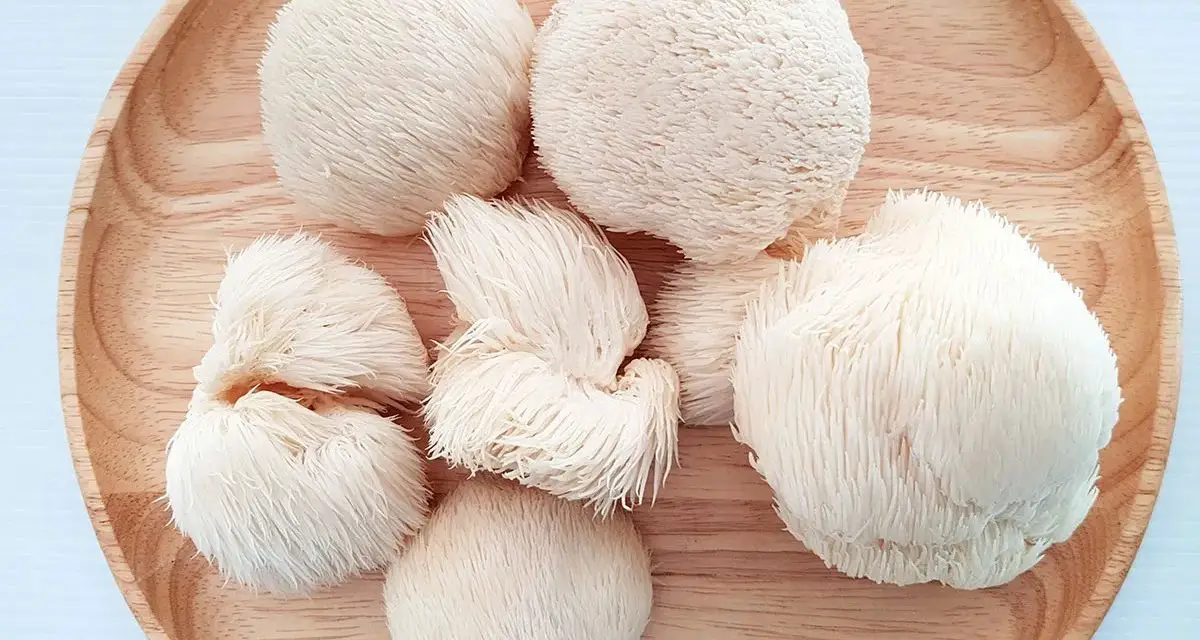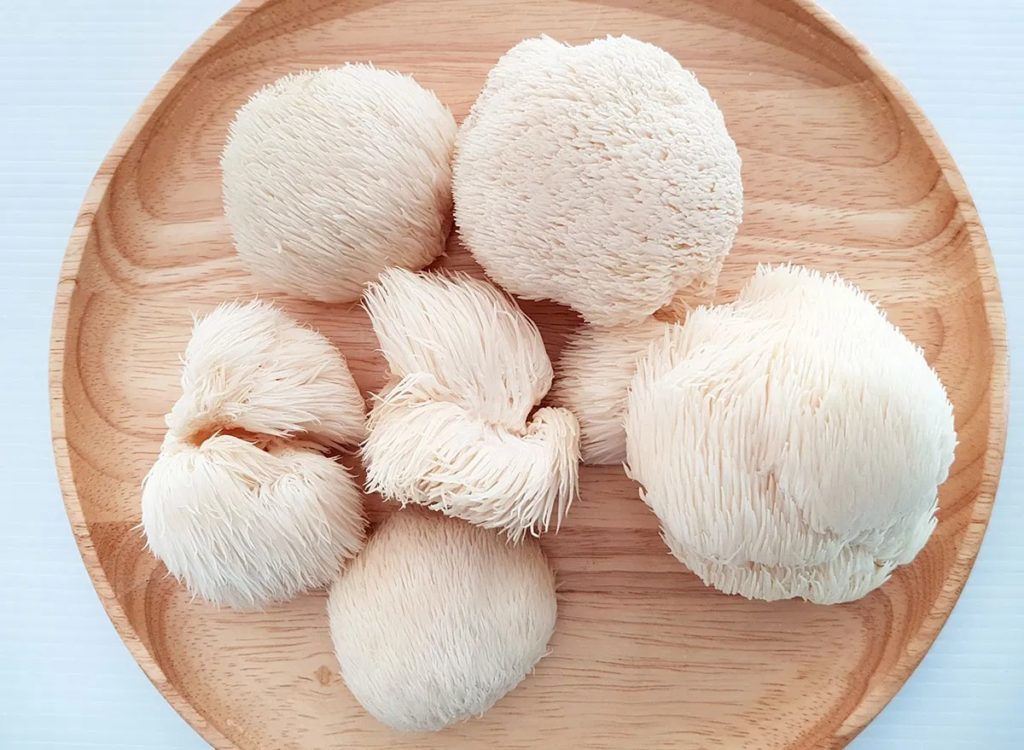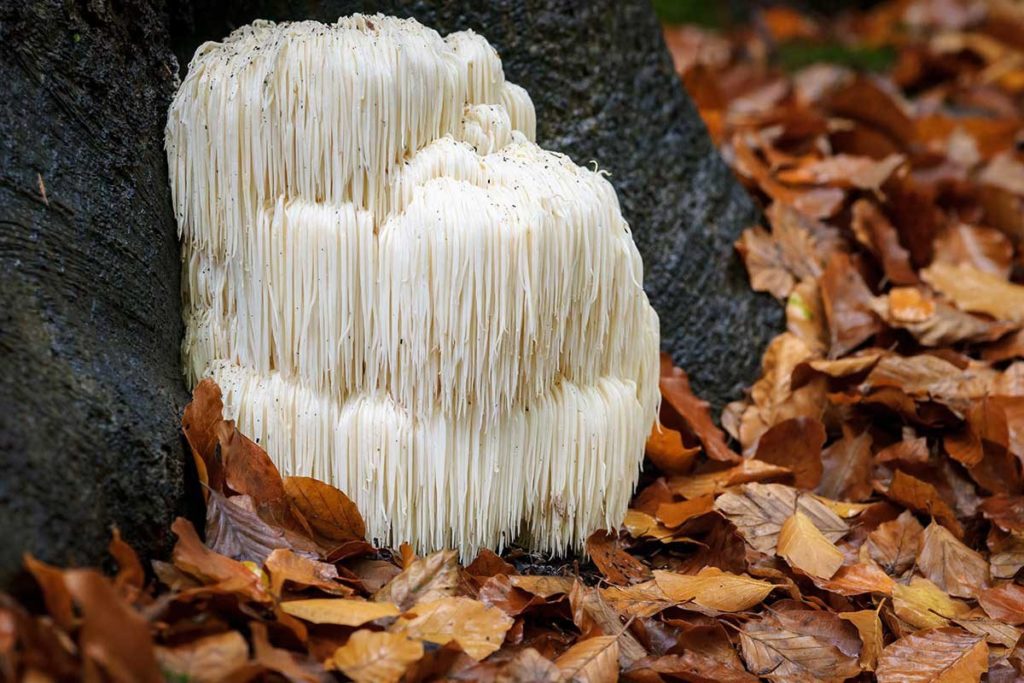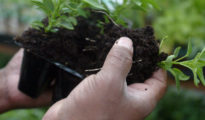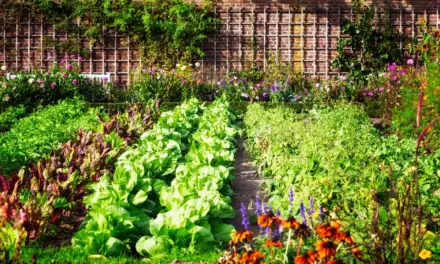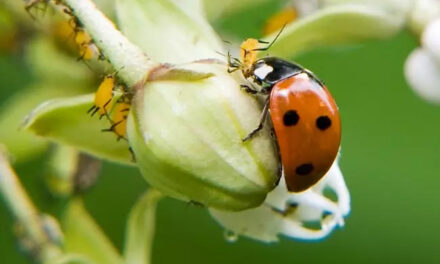You may not think that you can grow your own mushrooms at home, but it's actually quite common and very possible! Today, we'll take a look at how to grow lion's mane mushrooms, which are some very peculiar looking mushrooms that taste like crab or lobster. These mushrooms make a great substitute for the seafood, and they're always a crowd pleaser.
Lion's mane mushrooms (hericium erinaceus) is a fungi that grows on hardwood mediums and prefers its own masters' mix. Masters' mix is a high supplemented hardwood substrate mix that is sterelised before it is inoculated with the lion's mane grain spawn. In this growing guide, we'll explain how to properly prepare the substrate, inoculating the grain spawn, incubation, and finally, harvesting the final product.
What You Need to Grow Lion's Mane Mushrooms
This growing guide will produce about 12.5 kgs (27lbs) of the fruiting block. This means that the substrate should weigh about 2.3 kgs (5lbs) and 200 grams (7oz) of grain spawn.
- Lion's mane grain spawn
- Mushroom grow bags
- 450 grams (15 oz) soy hulls
- 450 grams (15 oz) hardwood fuel pellets
- 1.4 liters (6 cups) water
- Pressure cooker
- Scale
- Torch
- Metal spoon
- Isopropyl alcohol
Step 1: How to Prepare the Substrate
For growing lion's mane mushrooms, you will need to use masters' mix substrate. Although it is very nutritious, it's also very prone to contamination, so for this reason, it needs to be sterilized. Masters' Mix is a blend of substrate pioneered by TR Davis of Earth Angel Mushrooms. It's basically a blend of hardwood fuel pellets with soy hulls. Using the masters' mix will give a quick and high yield.
To make the masters mix substrate, you will need equal parts hardwood fuel pellets and equal parts soy hulls. Mix the two together well and add the 1.4L (6 cups) of water. If you're using mushroom grow bags, mix the substrate right into the bag. If you decide to use glass jars, you can do use, but make sure they're small, and that there's plenty of ventilation. Let the water sit in the grow bags for about 5 minutes. Once the substrate has absorbed some of the water, you can fold the bags over themselves and place them into the pressure cooker.
Step 2: How to Sterilize the Substrate
Place all of the folded mushrooms bags into the pressure cooker. Add water at the bottom and sterilize for about 90 minutes at 15PSI. Once the 90 minutes is up, it's very important to let them cool before opening the bags. If they are opened before they're cooled, the drastic change in temperature could make the bags burst.
Step 3: How to Inoculate With Grain Spawn
You are now ready to inoculate the sterilized fruiting block with the grain spawn. The sterilized block is very susceptible to contamination, so for this reason, it's important to inoculate the fruiting block using aseptic technique. Watch the YouTube video above to learn how to use the aseptic technique. It may seem pretty daunting and confusing at first, but it's actually quite easy once you get the hang of it. If you're serious about growing your own mushrooms, this is extremely helpful! After you've inoculated, it's important to seal the grow bag immediately to avoid any contamination. Now shake the bag well to incorporate the grain spawn.
Step 4: Allow to Colonize
Store the fruiting blocks at room temperature, and within 14-21 days, you'll see the fruiting blocks begin to colonize and form primordia.
Step 5: Open the Block
Once the fruiting block feels firm and you can see primordia, it's time to open it up. Cut the top of the bag to allow air to release. As the mushrooms start to grow, they will seek fresh air, so it's important to give them that fresh air. Make an incision in the bag near where the mycelium looks to be growing thickly.
Step 6: Store in a Greenhouse
You will now need to store your lion's mane mushrooms in a humid environment. This can be a greenhouse, a fruiting chamber, or you can make your own mini-chamber by covering with plastic. Increase humidity in the chamber by misting the walls of the greenhouse or the plastic twice a day. If the mushrooms look to be growing long and leggy, allow them more fresh air. If you see any yellowing, that means there is low humidity.
Step 7: How to Harvest Lion's Mane Mushrooms
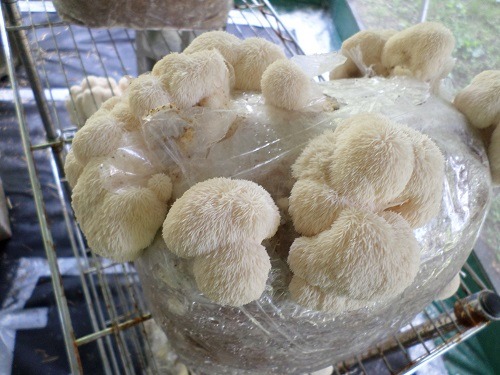
You can expect about 2 weeks for lion's mane mushrooms until they are ready for harvest. But, you can also pick them off at different growing stages, and they will have a completely different taste!
So now that you know how to grow lion's mane mushrooms, it's time to roll up your sleeves and get to mushroom farming! Does this all feel a little too daunting for you? No worries! You can purchase ready made lion's mane mushroom grow kits for an easy peasy experience.

